
![]()
Every Sunday, we bring together a collection of easy reading articles from analytical to how-to to photo-features in no particular order that did not make our regular daily coverage. Enjoy!
‘I Tried to Become Part of Wuhan’: Hector Retamal – Agency Photographer of 2020 – The Guardian
The picture desk at The Guardian, the reputed British newspaper since 1821, has chosen Hector Retamal as its agency photographer of the year. Here is a shortlist of all the agency photographers that were considered for 2020.
Retanmal covered the pandemic in Wuhan, China, a city of 11 million inhabitants. “Retamal’s photojournalism follows a narrative arc, from the initial discovery and spread of the virus, through the treatment and containment efforts, and towards a more hopeful exit on the other side,” said the Picture Editors.
Retamal was in Shanghai with his mother visiting him from Peru in mid-January when news of the virus started coming in. AFP wanted to put in a team on January 22, one day before Wuhan would become the first city in the world to be put on lockdown. The next day they were worried about the safety of the crew and started having second thoughts. But Retamal was insistent and took the high-speed train from Shanghai. No passengers got off at Wuhan, and there were no taxis.
Retamal, 44, who started as a photojournalist in Chile, has made seven trips during the year to Wuhan, a city that endured 76 days of lockdown. His imagery gives us insight into what was going on in those grim, harrowing days at the epicenter of the pandemic.
In a way, I tried to become part of the city. Wuhan is a huge city, but the people are friendly. They kept coming up to me and asking what I was doing there. How could I get an insight into other people’s lives if I do not let them into mine? I learned that in Haiti [during the cholera epidemic], where life is hard, and people get by with nothing. In Wuhan, I did not try to stay out of sight. I want people to know what I am doing and understand why I am there. I do not hide my camera. That is the basic rule. I do not like photographs taken covertly.
Here is a collection of over 30 photos by Retamal in Wuhan for L’Agence France-Presse (AFP).
Photography In The National Parks: Winter Wonderlands — National Parks Traveler
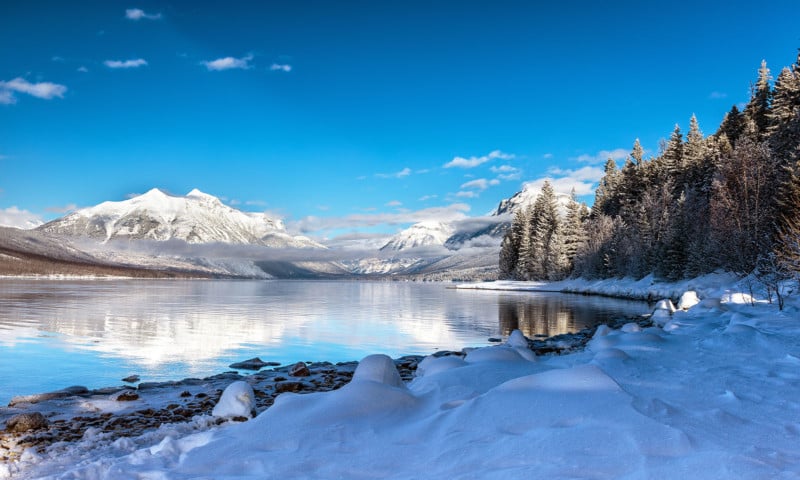


The Traveler last month published an article about exploring winter in the National Park System. To accompany that article, this photo column is about winter photography within the National Park System.
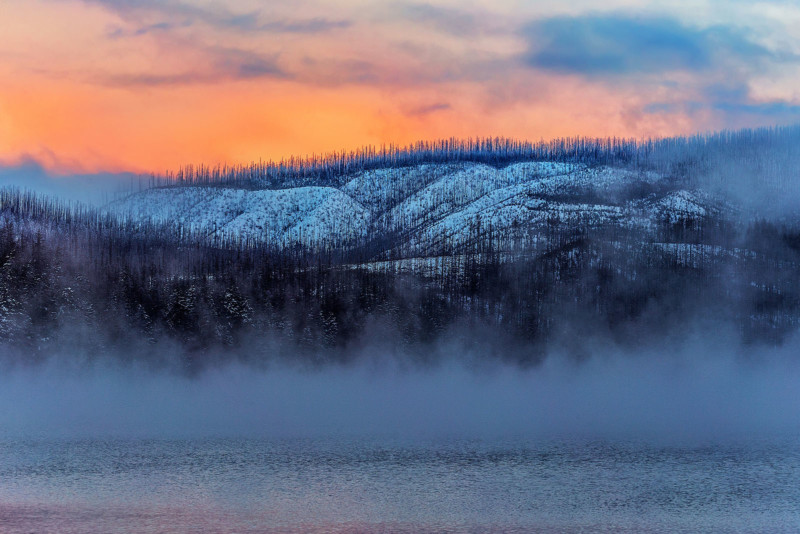


The first thing that comes to mind in winter photography is snow, but that may not be the case everywhere, depending on which national park you decide to visit. Winter in Glacier National Park is very different from a winter vacation at one of the beaches in Olympic National Park or a trip to someplace warmer, like Hawai’i Volcanoes National Park or Big Bend National Park.
Do not forget extra batteries and car chargers, extreme temperature variations, camera protection from the elements, filters, as Rebecca Latson explains. Also, check out Becky’s tips for winter compositions, patterns, contrasts, leading lines, and blue hour which “can transform a pretty picture into a stunning shot.”
27 Essential Wedding Photography Tips I Wish I Knew 20 Years Ago – Parker Photographic
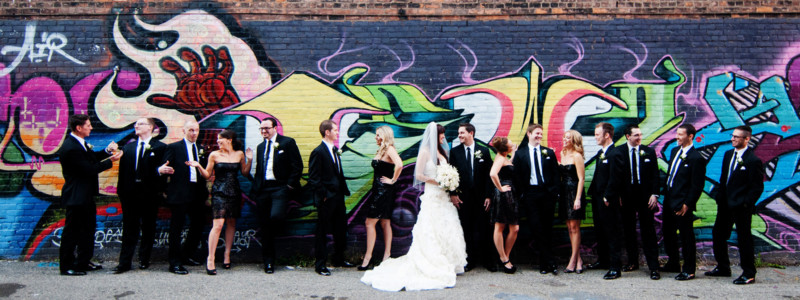


![]()
![]()
![]()
Chris Parker spent fifteen years shooting over 500 weddings. Today he wants to share with you 27 essential wedding photography tips all wedding photographers should know.
If you are starting in wedding photography, these tips will help you grow your business faster. And you will be able to create better images, which will lead to more bookings.
Bonus Tip: Now that you have packed backup gear, do you also have a human backup? What!?!?! Scroll to the end of the above link to find out.
Unbelievable Tricks Photographers Use to Make Food Look Delicious | This IS NOT REAL — Skyler Burt
If you are shooting breakfast cereal with milk in a bowl, it is generally going to take you half an hour or more to get a shot you are happy with. Problem: the cereal is going to go soggy in the milk in less than half the time. Solution: use white glue, like Elmer’s, instead of milk because it is thick, and the cereal will stay nice and crisp for over an hour.
Are the pancakes sucking up the syrup too quickly? Try Pennzoil 20W/50 motor oil, which is thicker. This is an oft mentioned trick but may not make much difference except for giving a more golden yellow color to the syrup. Check out more from Skyler Burt.
Check out Tricks Food Photographers Use to Make Food Look Delicious
Guide to Camera Lens Flare – ShotKit
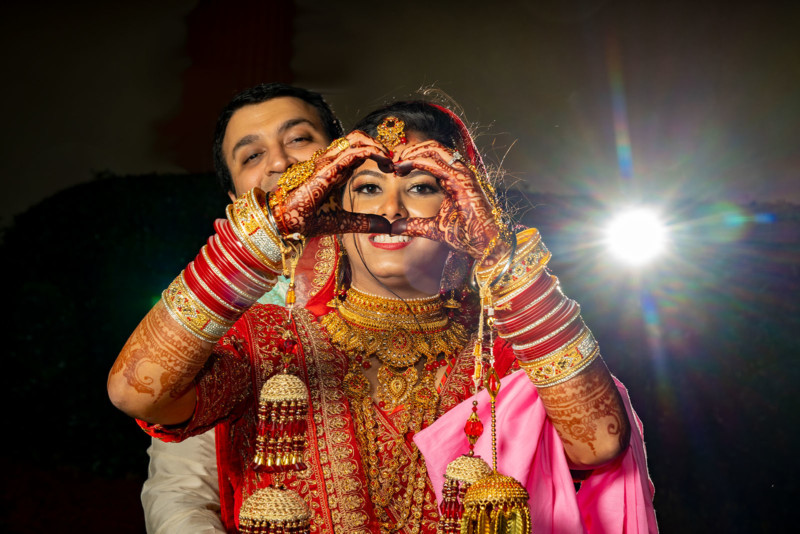


Is lens flare good or bad? It depends on whether it complements the subject, or distracts by spilling over the subject and conveys a feeling of the photographer’s lack of understanding of light.
Lens flare happens when the light source hits the lens and bounces back and forth through the lens elements. The sun or a studio light (above) pointed directly at the lens will create the strongest effect. Whether you create a lens flare in Photoshop or with lighting, the trick is not to let it overwhelm the image.
Here are 11 tips for producing creative lens flare.
10 Things We Want From Cameras in 2021 – Digital Camera World



No matter how good cameras have got, there is always room for improvement. How about in-camera AirDrop for a start?
These are the 10 things on the photographic industry’s wish list to gives us this year, as picked by editors from British photo magazines in print and online.
Here are the Best Compact Cameras for 2021 – National Geographic
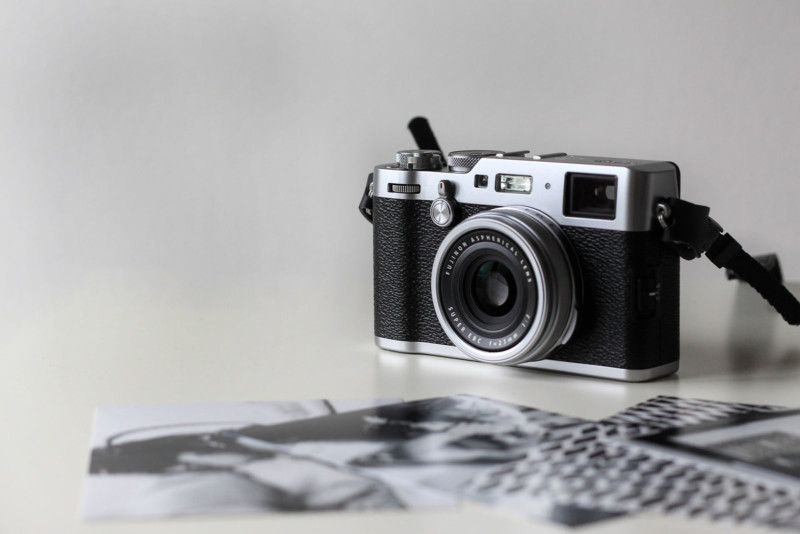


Traveling with heavy and bulky camera gear can, at times, defeat the very purpose of holiday travel. At the same time, you don’t want to be stuck with that poor quality nightscape as the fog rolled into the city that you witnessed in a breathtaking moment.
It is always a photographic challenge to juggle quality and compactness in a camera. Here is a list of about a dozen contenders ranging from ultra-compact Sony RX100 VII to lesser compact Fujifilm X-T4, from the economic Ricoh GR III at $897 to the pricey Leica Q2 Monochrom Compact Digital Camera at $5,995. However, you can rest be assured that whichever you pick will give you a very usable quality of images.
However, if you are the type to start using Lightroom mobile and post to Instagram directly from your camera using an android operating system, as soon your plane lands, the Zeiss ZX1 gets “an honorable mention.”
Check out:
Is the Ricoh GR III Still a Worthy Street Photography Camera in 2021?
This is How Lightroom Mobile Works on the Zeiss ZX1
Making the Image: Che Guevara by René Burri – Magnum Photos
Photo in the Instagram above. Ernesto Guevara (Che), Argentinian politician, Minister of Industry for Cuba (1961-1965) during an exclusive interview in his office. Ministry of Industry. Havana, Cuba. 1963. © Rene Burri | Magnum Photos
Ernesto “Che” Guevara, 1928 – 1967, was an Argentine Marxist revolutionary, physician, author, guerrilla leader, diplomat, and military theorist.
In 1962 René Burri visited Havana on commission for Look magazine. One of the resultant portraits of Guevara smoking a cigar became an iconic image of the 20th century.
“I arrived with the US reporter Laura Berquist from Look magazine. Che had invited her when they met at the end of 1962 in New York. I immediately realized that the blinds were closed. Since this posed a technical problem, I [Burri] asked him, ‘May I open the blinds?’ And he said, ‘No, it’s not necessary.’ Only later did I realize that he was so focused on what he was doing that he didn’t want to see what was going on outside.”
Guevara ignored Burri for the entire 2-hour heated interview, never looking at him, so there is no photo where he is making eye contact with the camera. This would be the last time Burri saw Guevara, but the photo became iconic, and Burri saw his images displayed at the Ministry Of Information in Havana.
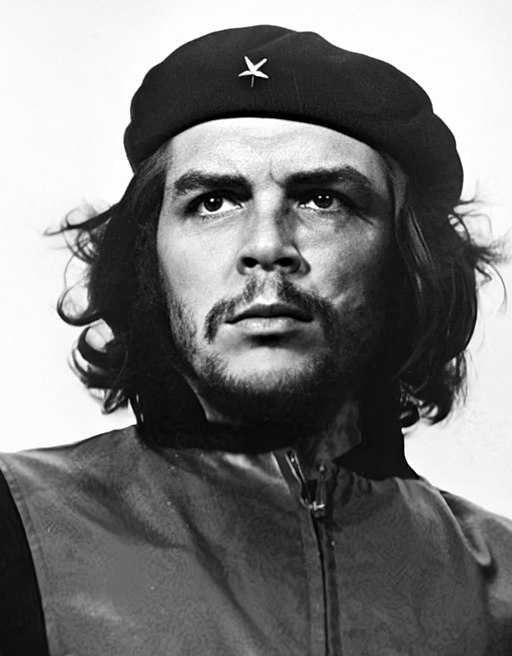


Quiz: Which photo did the Maryland Institute College of Art cite as “the most famous photograph in the world and a symbol of the 20th century?”
Guerrillero Heroico (Heroic Guerrilla Fighter) an iconic Che Guevara portrait taken by Fidel Castro’s personal photographer, Alberto Korda. Although Korda kept the negative and the Leica camera with which he took the photo, he never received royalties for the picture.
The 10 Portrait Lighting Mistakes Every New Photographer Makes — John Gress
We have all witnessed photographers covering an event where the ceiling is black or white and incredibly high, but that does not deter someone from bouncing the on-camera flash off it.
But even pros are often not careful with their lighting. Have you not seen a reasonably well-lit photo, but there is no catchlight in the eyes, and the top eyelids are dark? Often all you need to do is slightly lower the main light, and the improvement will be dramatic. Or, as John Gress puts it, “Every image can benefit from a little sparkle [catchlight in the eyes].”
What about color contamination from a nearby wall or brown flooring? What about that blown-out hair light or dark hair blending into the background? Check the video to learn more.
Why I Like This Photo – Reed Hoffmann
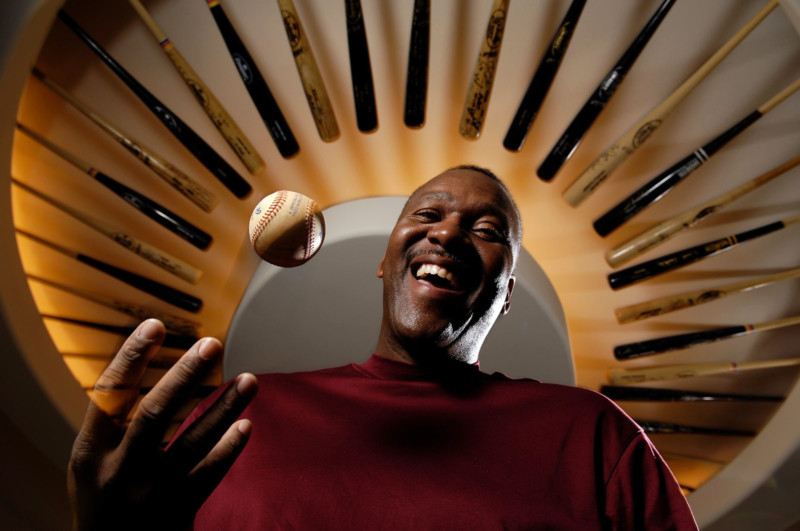


NIKON D2X, Manual, PRESET0 white balance, ISO 100, 1/8 at f/5.6 in multi-segment metering, -0.3 EV, Nikkor AF-S DX Zoom-Nikkor 17-55mm f/2.8G IF-ED lens at 18mm. 10/19/2005 — Leawood, KS, U.S.A © Reed A. Hoffmann.
Joe Carter and World Series Home Run Ball
At the beginning of 2000, I left newspaper photography in New York and started a freelance business in Kansas City. One of my early clients here was USA TODAY, who contacted me in the fall of 2005 about doing a shoot for a story they were working on about what happened to the baseballs that won the World Series. My assignment was to photograph Joe Carter.
In 1993, Joe hit a three-run homer to win the Series for the Toronto Blue Jays over the Philadelphia Phillies. I met him at his home in the suburbs of Kansas City, and he couldn’t have been more gracious, friendly, or giving of his time. I’ve always enjoyed working with flash, as it lets the photographer truly create something unique. For this photo, I used two lights, one in an umbrella to the left and another directly from the right, a bit behind him. I also gelled the flashes and used a custom white balance, as well as balancing their output to fit with the ambient light above. This was in 2005, so I used a Nikon D2X, 12MP, with a NIKKOR 17-55mm.
There are two things I’ll always remember about this shoot. First, the editor told me not to bother having him toss the ball in the air because they already had good photos like that. So, I did lots of other setups but couldn’t resist doing this one as well, since the framing with the bats was perfect. And then this turned out to be the only “tossing the ball” photo they used. Secondly, having researched Joe before meeting him, I knew he wasn’t from Kansas City, so I asked how he ended up here. “My wife is from here,” he told me. Which is exactly how I ended up in Kansas City, too. We both had a good laugh over that.
Reed Hoffmann is a freelance photographer and teacher. He created and taught the Nikon School of Photography around the country from 2002 through 2018 and now leads workshops around the world as well as teaching live, online classes from his home in Kansas City. There was the time he took workshop clients snorkeling in the Galapagos Islands, and sea lions swam rings around them while blowing bubbles in their faces. He won the National Press Photographer’s Association Photographer of the Year honors for the Eastern region twice in his newspaper days.
Quote of the Week (or a Previous Week):
Ken Rockwell on Buying LEICA
Men buy the LEICA to establish dominance. Owning LEICA is tangible proof of a man’s superior vision, inimitable taste, and superior level of accomplishment. LEICAs, instruments of the immortal, are a plaything for the talented. We own LEICA because it is who we are, not because we need to take pictures.
LEICAs haven’t been about taking pictures since they went obsolete back in the 1960s. LEICA lenses cost what they do because they are well made and use very high grades of glass (for instance, you have to pay a lot for better homogeneity grades as LEICA does), but most of the price is paying for intangibles like bloodline and heritage. Oskar Barnack’s martyrdom isn’t free.
From TTArtisan 50mm f/1.4 ASPH für LEICA M review
To see an archive of past issues of Great Reads in Photography, click here.
We welcome comments as well as suggestions. As we cannot possibly cover each and every source, if you see something interesting in your reading or local newspaper anywhere in the world, kindly forward the link to us here. ALL messages will be personally acknowledged.
About the author: Phil Mistry is a photographer and teacher based in Atlanta, GA. He started one of the first digital camera classes in New York City at The International Center of Photography in the 90s. He was the director and teacher for Sony/Popular Photography magazine’s Digital Days Workshops. You can reach him via email here.
Image credits: All photographs as credited and used with permission from the photographers or agencies.

